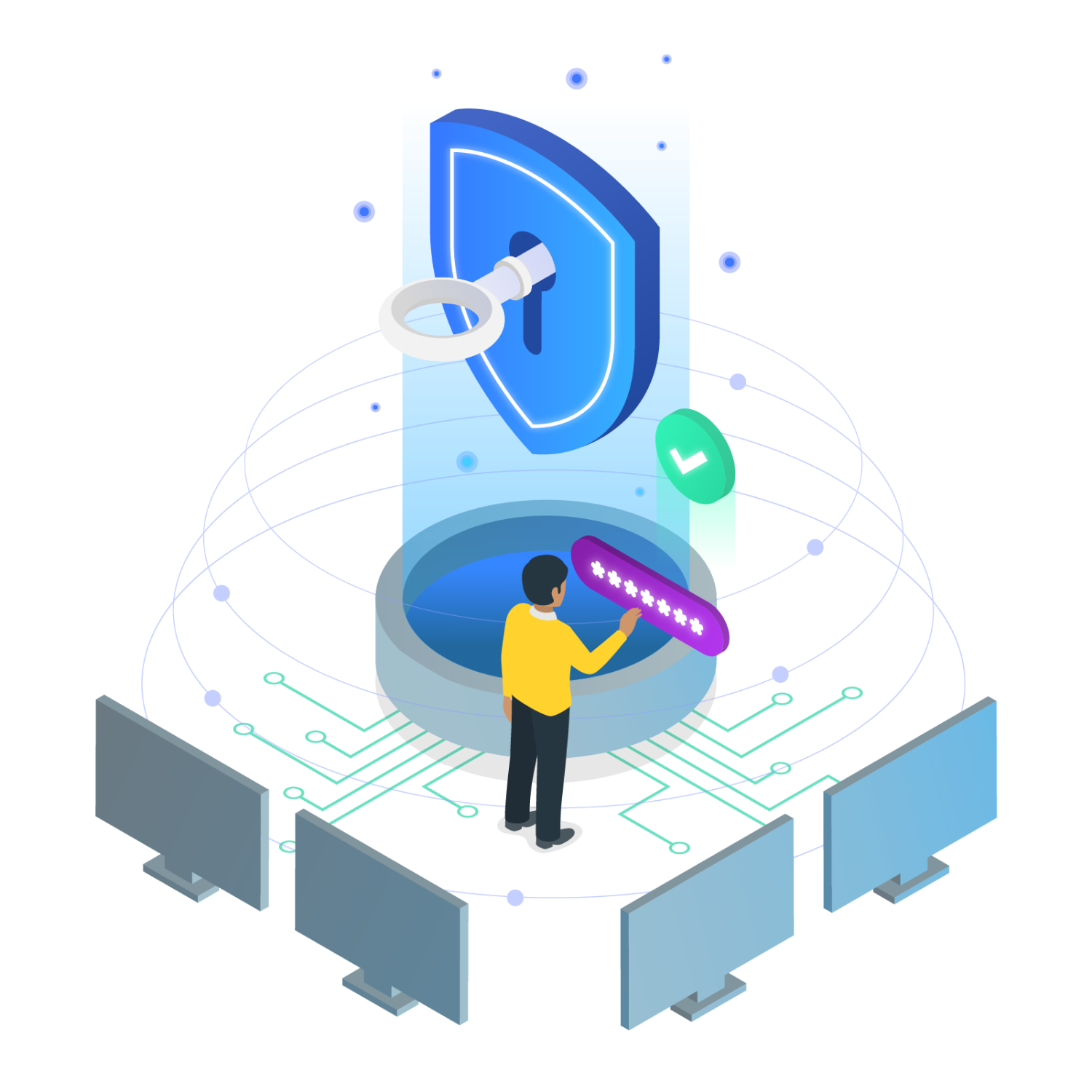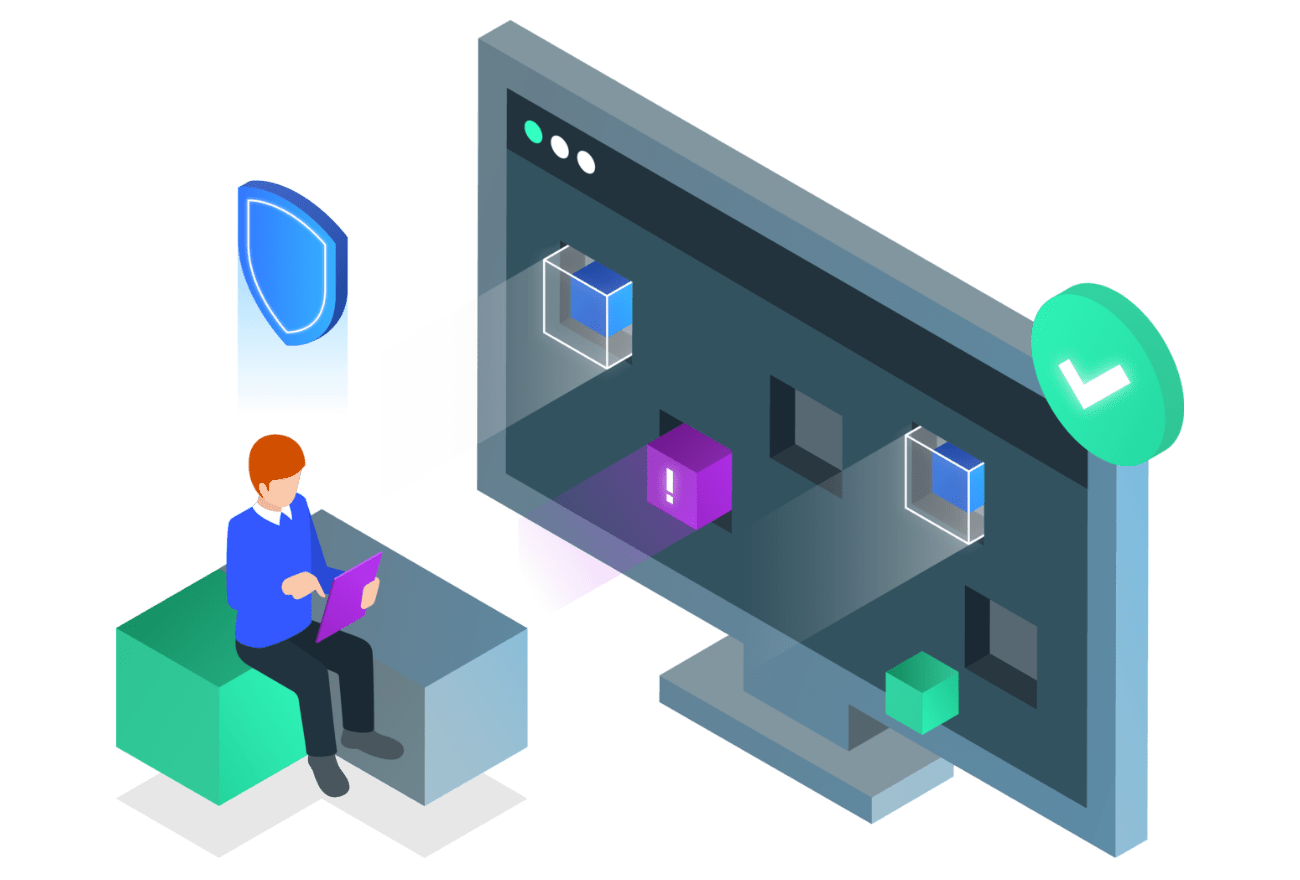
The ask
A company specializing in integrated security systems was seeing
huge levels of growth, which was driving reliance on disparate
systems they were using to manage internal HR, security alerts, and
third party data. Existing processes involving tools such as email
and spreadsheets were simply no longer sufficient for the increased
volume of activity.
To overcome this challenge, the company was looking for a streamlined
solution that would scale to their growth and have the capacity to allocate
complex tasks as part of their existing security command center. This
solution needed to track a huge variety of operations, from monitoring
security guard activity – such as late shift arrivals and task delegation –
to vehicle activity monitoring and incident reporting.
They also wanted to unify multiple data sources, including third-party
information, into one alert tracking system that could manage these
processes at speed. Additional requirements included the ability to
classify and allocate alerts to the relevant site and job role in real time,
and automate processes based on accurate predictions.


key objective: enable more efficient growth by unifying complex processes into a single streamlined system
What we did
We evolved their command center from a manual, semi-structured email
and spreadsheet-based processing system to a fully automated, A.I.
embedded ticket tracking system that could predict needs and scale with
their business growth.
A.I. enabled process automation was identified as the best approach for
building a single pane of glass across their end-to-end business
operations. To achieve this, we unified multiple data sources in a bespoke
UI that provided tailored displays, filtering options, triage, and reporting
capabilities for all security alerts.
The process

Stage 01
Automate
First, we analyzed the data from multiple disparate sources, before
unifying it into a single system, enabling alerts to be classified and
allocated appropriately. Each of these alerts was augmented with
information extracted from additional systems. This was all displayed as
a queue in a streamlined UI for a comprehensive view of the triage.
Stage 02
Allocate
Using the unified data, the system was capable of identifying patterns
and trends over time. This allowed us to build bespoke alert processing
into the UI, including a closed loop resolution feature that automated the
triage process by categorizing each alert accordingly. This enabled
operators to respond to each relevant security trigger as it came
through, with the right people being automatically informed as alerts
were resolved.
Stage 03
Inform
Finally, we added integrated user management and introduced analytics
to surface insights about the alert patterns over time.
The results
The final solution was a full upgrade to the client’s IT infrastructure
and command center. The system now combines a huge range of
disparate alert systems, from vehicle to security guard monitoring,
into one closed loop ticket handling system.
Combining both automation and prediction, this solution delivers
several key benefits:

the command center unifies a huge range of alert systems, enabling significantly improved core business functions
Improved Core Business Functions
By significantly reducing the time taken to respond to security alerts and
enhancing service monitoring across locations, we were able to
successfully upgrade our clients’ core business functions. This was
achieved by providing security officers with the most relevant and timely
alerts in an ergonomic manner, increasing their ability to make decisions
and react accordingly.
Streamlined Data Entry
By integrating the solution with the clients’ existing people and customer
management software, we were able to greatly reduce the need for
manual data entry by automatically pulling key information by alert type as an event was triggered.
Better Data Analytics and Auto Incident Classification
With better insights into the data collected into each alert – such as the
location, person handling the alert, and manager of each region – the
solution was better equipped to triage the severity of each incident.
Different classifications of severity were automatically applied to each
incident based on the data collected, and locations were able to
strengthen their escalation policies as a result.
Enhanced Customer Experience and Marketing Appeal
Additionally, our creation of a bespoke and intuitive UI meant that the
client could show their customers just how sophisticated and effective
their systems were. This increased their marketing appeal, enabling them
to build confidence with customers and ultimately win more business.


